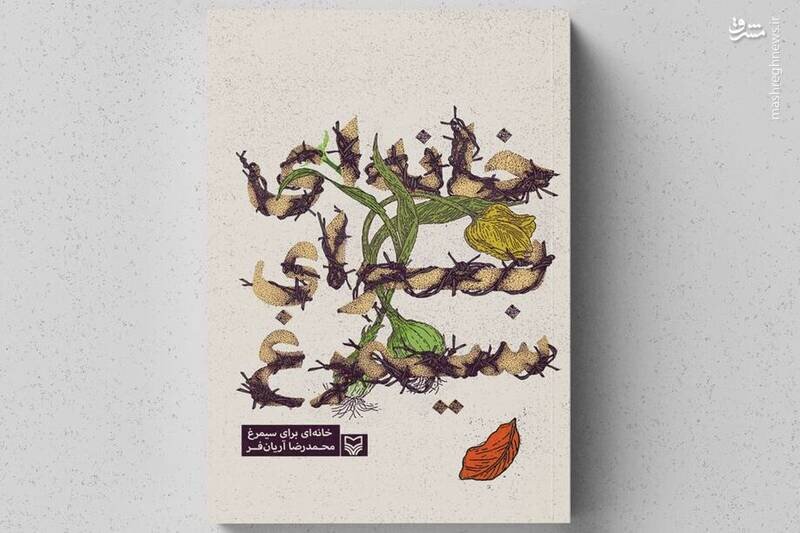A story of peace between the two countries in "A House for Simorgh"

The book "A House for Simorgh," written by Muhammad Reza Arianfar and published by Soore Mehr, is about two teenagers from Iran and Iraq.
The story begins with Karoon, an albino boy who lives on Khark Island due to his father's job. In the meantime, various events occur that cause Karoon to stay in a village near the Iranian-Iraqi border and develop a deep friendship with a boy named Saher, who lives in the border village of Batran in Iraq.
One of the book's advantages is the presence of magical elements in the story, such as Simorgh, healing leaves, and the mystery of forbidden areas.
* You have a long history of writing stories about Iranian cultures; what is the source of your inspiration?
I've always tried to look at things from a different perspective, and the culture that exists in Iran's various ethnicities has always been significant to me because I am a part of it myself. I was born and raised in Kut-e Sheykh, and I’ve been there during the imposed war as well. Each of the books that you've read is based on my own memory of the war, and I wrote about twenty of them because everything about where I lived was magical, from groves to rivers, ships, and train stations. These memories gave my mostly Arabic-based stories a more coherent form.
* What concept are you looking for in these cultures?
Love and humanity are important to me in these studies. In the war-torn regions, my whole life was destroyed, and it was a devastating blow to my family and me. Each member of my family is buried in a different city. So, in this book, I emphasize peace and friendship in the hopes of preventing war and family’s disintegration.
* Tell us about your new book in greater detail.
I chose a different theme for this book, expecting to receive a lot of criticism and acclaim. The truth, in my opinion, must be told about how the war affected both the Iranian and Iraqi peoples. My book is about two Iranian and Iraqi teens, both of whom have been affected by war in some way, but who still have their world free of hatred and animosity.
* Why did you add magical elements and symbols in the novel, such as Simorgh?
Because I wanted to show culture through magic and symbols in some way, which is why I chose Shahnameh, and I should mention that every symbol I used in the book was the result of hours of research, and the presence of Simorgh and Zal were one them. Simorgh is a symbol of immortality and peace who gets hit by a bullet at the end of the book and vanishes, but not for good.
* With all these symbols, how should readers perceive them?
I'm hoping that the readers will find them on their own. Our society is currently in a state of panic, confusion, and aggression, which literature might help to ease.
Leave a Comment